Cuba, How much do you cost Me?
In this article, I will first introduce you to the Cuban double currency (and how to tell them apart!) and afterwards I’ll honestly bring you through all the expenses I incurred into, during my 14-days trip in North-West Cuba with my dad.
While organizing our trip I had to skim and dig through hundred sites to get all the information about costs/prices in Cuba, so I thought of reporting here my first-hand experience to make it easier for you and save you all that hassle.
I divided the costs we incurred in 5 categories: travel, accommodation, transportation, food/beverages & attractions/services.
I tried to put everything on one page, both currencies clarifications and total expenses we encountered, to make it easier for you to budget your trip, I hope it will be useful 😀
Let’s Go Budgeting!
UPDATE 2021
Cuba abandoned it’s dual currency system,
and now only the CUP is the official currency.
Until 2020, Cuba was the only contry in the world actively utilizing two different legal currencies.
The idea behind the dual currency, was to have the CUP (Peso Naciònal) for the Cuban citizens for which basic goods are available for an unconceivably cheap price (pillar of a communist system); and the CUC (Peso Convertible) to charge more foreigners and obtain liquid cash in more valuable international currencies (used by the government to import goods).
One CUC was worth 1US$ and roughly 25CUPS. and as tourist, you were almost always forced to pay with CUC (at least, in all major tourist places and for most goods you anyway were going to be interested in purchasing).
The idea behind the double currency was not just to plainly rip-off tourists as it may seem, but to create an equilibrium where everyone (tourist or local) paied what they could afford (the average Cuban salary lingered around something like 25Euro/month, which made most international goods way out of reach for locals).
CUBA NEW CURRENCY SYSTEM FROM 2021
After the Coronavirus pandemic and the trade ban imposed by the US, Cuba suffered in 2020 a year of strong recession which brought the government to reform the dual currency system with the aim of modernizing the social welfare system.
Without entering too in depth on the economics of the two currencies and their political reason, let’s instead focus on what will interest us most as foreigners coming to Cuba: don’t mistake one for another (especially now that one is in circulation but not legal anymore, beware of scams!).
From 2021, the only accepted currency in Cuba will be the CUP (National Cuban Peso) e, while the tourists’ currency CUC will be progressively retired.
The fixed exchange rate will be 1US$ = 24CUP.
How to tell apart CUP from CUC?
- If they have a face, they’re national CUP. If they have a monument they’re CUC.
- Read under the amount “Peso”= CUP and “Pesos Convertibles” = CUC
Here are images of the different banknotes to help you visualize them!
Cuban Peso (CUP)
(used by locals in the previous decades, from 2021 the only currency of Cuba)
Peso Convertible (CUC)
From 2021, NOT A LEGAL CURRENCY ANYMORE
To recap, for us tourists, the important is to make sure that the banknotes have a face on them and that they’ll have the writing “Banco National Cuba”. From our experience, Cubans were always honest when giving us change and never tried to scam us; but still, better be safe and keep an eye on your transactions!
As in Cuba cash is king (credit cards are rarely used and ATMs rare and often faulty), when arriving in the country I also suggest you exchange money directly at the airport or in any Cadeca (official exchange house). It is better to have Euros with you, as exchanging from dollars takes an extra 10% commission.
Having understood the new currency system of Cuba, now we are ready to dive into budgeting!
1. Travel Cost
Depending on your home-base, the flight to Cuba may differently impact your travel costs. For us travelling from Europe it made up for an abundant 30% of our total expense, having payed 564Euros/person for a direct go&back flight from Milan.
If you’re flexible with the dates and you don’t mind a stopover, you can find deals as low as 300 Euros go-and-back from major European air-hubs and 200$ deals from major American airports. Of course, the further away, the higher the price: check the price from your closest airport using Skyscanner.
2. Accomodation cost
As we have seen in the article Cuba: Where to Stay and How to Move Around, in Cuba, there aren’t many options for accommodation as they all fall into two categories: hotels or private homes.
During our stay with my dad, we decided to try the true Cuban experience and we stayed 13 nights in normal Casas Particulares (not the cheapest ones but also nor the most expensive too).
Here is what we paid (prices are for room, I leave the link to the accommodation just to help you make an idea of what you get at which price):
- 32 Euro/Night in Hostal Cotarelo Havana (cute house placed in center Vedado, it offers 3 guest-rooms and a lovely and overly-friendly host, I can totally recommend it),
- 15 Euro/night in Vinales (we rented an Airbnb from Randy, cheap and of great value, with an amazing terrace for enjoying the sunset, also I can fully suggest it),
- 13 Euro/night in Trinidad (I stayed in this Airbnb – Casa Particular, central position, the host was friendly but he was advertising internet connection without having it, so I would not recommend it if you care about having internet at your stay)
- 28 Euro/night in Varadero in another Casa Particular our previous host found for us (so they don’t have an internet page, Varadero is slightly more expensive than most places in Cuba, but only slightly).
Our total price for accommodation for 13 nights was 313 Euro (328CUC), which makes 151,50 Euro per person; definitely not bad at all! If you’re traveling alone your cost may be slightly higher but not double, as cheaper options are also available (we always tried to pick a mid-range home).
Check the article Cuba: Where to Stay and How to Move Around for more in-depth info about accommodation typologies and prices.
3. Transportation
The transportation costs you’ll have to face to move around in Cuba are of two types: moving from one city to another and moving within cities for sightseeing. Here are my transportation expenses for a 2-weeks journey.
To Move between Cities we always used shared taxis which were enough convenient and allowed us to plan more “on-the-go” instead of buses that you need to reserve way in advance:
- Taxi Colectivo Havana-Vinales (25CUC – 23Euro/person)
- Taxi Colectivo Vinales-Trinidad (40CUC – 36Euro/person)
- Taxi Colectivo Trinidad-Varadero (20CUC – 18 Euro/person)
- Taxi Colectivo Varadero-Havana (25CUC – 23 Euro/person)
Total for moving between cities: 100 Euro/person precisely.
To move within cities, we used a mix of Cocotaxi, Hop-on Hop-Off Bus, taxis, and a lot of walking! Here are the expenses:
- Taxi from Airport to Havana (15CUC – 14Euro/person)
- Taxi from Havana to Airport (5CUC – 5Euro/person)
- (Cocotaxi from Havana Vieja to Vedado (3CUC – 3Euro/person)
- Hop on Hop off Bus in Havana and Varadero (10CUC – 9Euro/person x2)
- Taxi from Trinidad to Playa Ancòn go&back (9CUC – 8Euro/person)
All summed-up we spent only 49Euro/person to move around cities; which brings our total expense for transportation at about 149EURO/person for 14 days.
4. Food and Drink Cost
Food
Food in Cuba is more than affordable (although not super-tasty), even for tourists.
For an abundant meal in most touristy/posh restaurants expect a bill for two people around 40Euro, go to an average restaurant and it may fall between 10-20Euro, eat street food, and the price of a meal can range between 1-3Euro.
We found Havana to be the most expensive city while Vinales the cheapest.
The Cuban gastronomy is a “poor” cuisine as dishes in Cuba are mostly prepared to employ the available local ingredients and normally don’t rely on imported foods and spices.
From my experience, I can say that food in Cuba is quite repetitive, insipid, and flavorless (fried banana, rice, potato, and some kind of poorly seasoned meat are the norm in local Paladars (small, family-run Cuban restaurants) and city restaurants alike.
Don’t make the mistake of thinking that by paying more you’ll get better food! You may pay the atmosphere, the music, the dances but trust me, food quality remains more or less constant (and below average) anywhere you go. Few exceptions of course exist, but are rare!
If you’re staying at a Casa Particular, it’s likely your host will offer you dinner for a price around 10CUC and breakfast for a price around 5CUC. We had a brilliant dinner in Vinales made by our host, never had a good breakfast though, nowhere.
Drinks
Drinks in Cuba are generally inexpensive, especially rum-based cocktails.
In fact, a normal bottle of “Havana 3”, which in Europe is sold as a premium brand, in Cuba costs as little as 3CUC – 2,80Euro/bottle. So, if you want to try superior quality-rums without having to splurge, Cuba is the place for you!
Cocktails such Daiquiri or Mojito range between 1-3CUC (1-3Euro) while not-rum-based can range between 2-4CUC; always depending on where you’ll get them.
The price of a small beer ranges between 2-3 CUCS (2-3 Euro) while not alcoholic is quite inexpensive (between 1-2Euro).
our total
In 14 days, we spent a total of 948 euros on food and drinks, making it 474 Euros/person. I admit that sometimes we splurged more than necessary (one day my dad had a birthday, one day we ended up in a tourist trap, etc.), but we can say that we treated ourselves well, without leaving any mojito on the table!
As a rule of thumb, try to budget around 5CUC/person for breakfast, 10CUC/person for lunch, and 20CUC/person for dinner – all including a normal drink per meal. Thus, try to account for 35-40CUC (32-35Euro) per person a day and you’re going to be just fine.
The geographical location greatly impacts prices (ex. in Havana, an average dinner can reach up to 50Euro while in Vinales it may be 20 at max) but overall, very low-cost options are available anywhere if you take few minutes to find them.
5. Attractions Costs
The price of attractions in Cuba is for most experiences quiet affordable. Here is a list of prices you might be interested in knowing when travelling in North-West Cuba.
- Museo Ron Havana Club + Guided Tour (7CUC – 6Euro)
- 3-hours Horse Riding in Vinales (15CUC – 14Euro)
- Vinales Touristic Bus (incl. Caves and Wall of Prehistory) (5CUC – 5Euro)
- Cayo Levisa Day Tour (incl. lunch) – (37CUC – 34Euro)
- Museo de Arte Decorativas in Havana (3CUC – 3Euro)
- Cienfuegos day-trip from Trinidad (15CUC-14Euro)
In total, we spent around 75Euro/Person (82 CUC). Remember that most attractions that Cuba has to offer are free-of-charge: such are the beaches, the turquoise sea, the historical centers, the art galleries and the markets (between many others).
In Conclusion
Everything summed up, for 14 days around North-West Cuba my total expenses for a 14-days to Cuba, including a flight from Italy, accommodation, food, transportation and attractions amounted to 1413Euro.
In addition to this, I spent 32Euros on Wifi (yeah, 32 hours of Wifi, I am a damn addicted!) and another 96Euros for souvenirs (paintings, rum, cigars, artsy handicrafts, there are so many beautiful things that you’ll want to bring with you 😉 ), making my total 1541Euro, all included!
All in all, Cuba is not the cheapest country in Latino America while food and services are not so top-quality as you could get somewhere else for the same money. Still, Cuba is much more than meets the eye: the people, the colour, the rhythm, and the art-entwined culture are all factors that make this island unique and a true “Isla Bonita”.
If you have the chance to visit Cuba at least once in your life and you want to try what it feels to jump out of the modern world, even if only for a little while, then don’t think twice! It is definitely worth the price. 🙂
To conclude, I confess that I believe our total cost could have been brought down by a farther 20% being less picky about food/accommodation/transportation, but as I was travelling with my dad, we went for a bit more comfortable this time around instead of going full-backpacker style (he’s 64 and still rocking with a backpack, give him that!).
Conclusion
Did you find the article useful? Do you have any question or is there some information you believe should be in this guide?
Leave a comment below to get in touch! 🙂
Cuba Travel Guide
Content Summary
1) Top 10 Best Attractions of North-West Cuba
2) Cuba: Where to Stay and How to Move Around
3) Cuba: Local Currencies and the Budget
Cuba: How to Connect to the Internet
First, Short Info! Let's start with the biggest concern: is Internet available in Cuba? Short answer: Yes. Long answer: yes but it's slightly complicated. Not for nothing, Cuba is indeed famed as one of the least connected countries in the world. Although improvements...
Cuba: 10 Curious Facts you Didn’t Know about Cuba
Cuba is safe, people talk a lot, Salsa is everywhere, there are two currencies.... facts that you may have already heard... In this list some unusual curiosities that will make you re-think about your image of Cuba! Ready,GO! 1. The National Sport of Cuba is:...
Cuba: Where to Stay and How to Move Around?
The Hotspots Map Where to Stay in Cuba? Private Homes! As the island just started to open itself to tourism a few years ago, accommodation (and transportation) infrastructures for tourists are still under-developed and relatively scarce. Nevertheless, in...
Cuba: What to Pack
Think Warm & Sunny! The Island of Cuba, located in the middle of the Caribbean sea, enjoys year-round a warm sub-tropical climate. The winter season (Nov-June) is characterized by sunny and dry days with a cooler but still agreeable average of 23°C. The Summer...



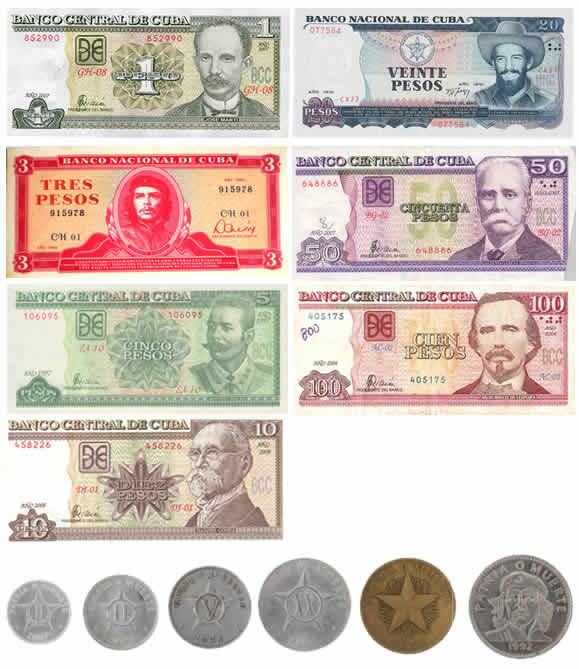









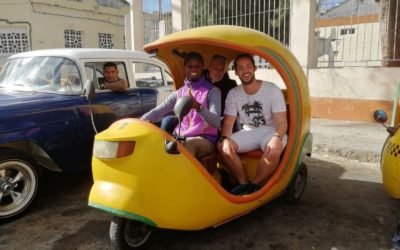

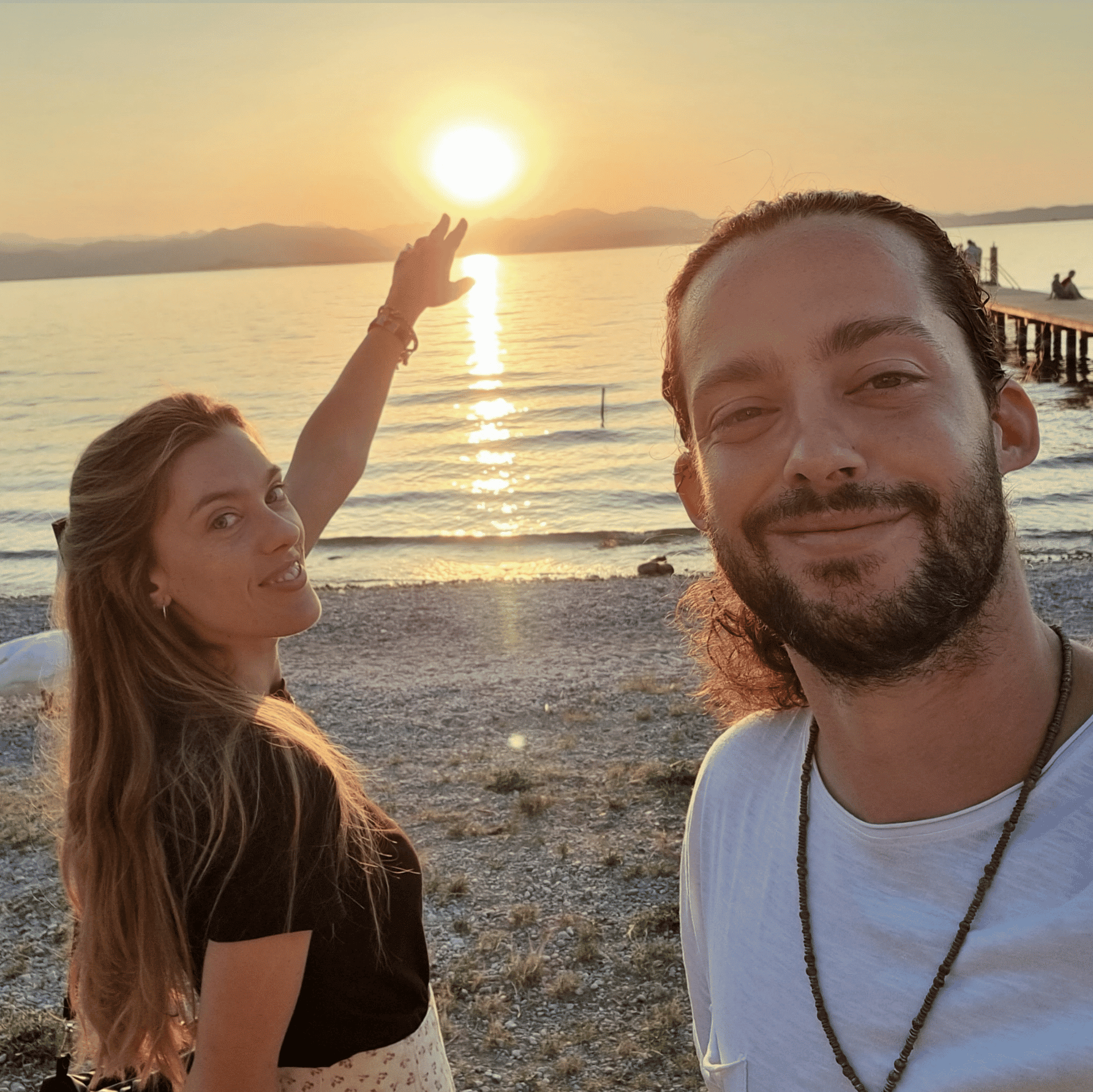


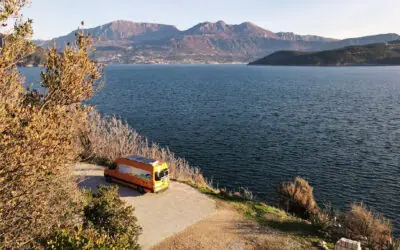
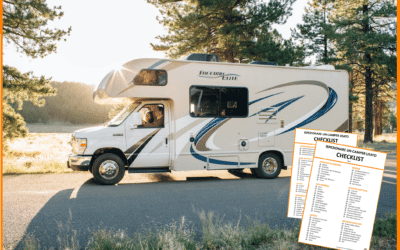

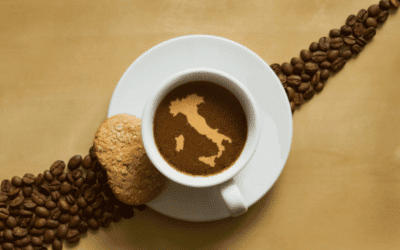

0 Comments